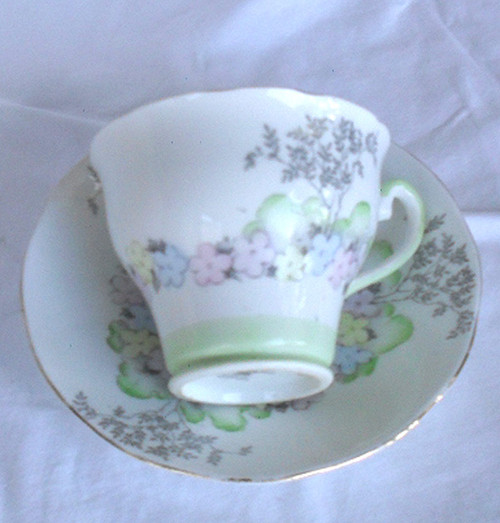Salvaged from a "grand-daddy" valve oscilloscope - a Taylor Model 31A
Taylor Electrical Instruments were a designer & manufacturer of test equipment in England
The company was purchased by AVO in 1958 and eventually AVO (which was purchased by Metal Industries in 1959) was purchased by Thorn Industries. A lot of structural changes were occurring in the electronics industry at this time.
The equipment dates from the early 1950's! see the photograph to view this ugly beast in all its former glory.
After evaluation, I decided that full restoration of this Taylor scope was not a viable project so this is one of the parts I have removed.
WARNING: It is extremely likely that the dielectric oil in this capacitor contains PCB's - production and use of PCB's in new equipment has been banned worldwide since the 1970's
This capacitor MUST be handled with care and in the event of ANY leakage, this capacitor must be treated as an item containing hazardous chemicals to human health.
NEVER EVER TOUCH ANY LEAKED LIQUID
NEVER DISPOSE OF THIS CAPACITOR IN HOUSEHOLD WASTE!
PCB's were in very wide use up until the late 1960's, especially in products such as these capacitors.
Here is a link for very detailed information about the chemical compound, its dangers and recommended disposal of components containing PCB's
http://www.safety.uwa.edu.au/topics/chemical/pcbs
This capacitor is offered in the interests of authentic electronic equipment restoration HOWEVER if the component ever shows signs of leakage, it must not be touched without protective clothing and it must be disposed of in an approved manner.
TCC Paper In Oil non-polarised capacitor
0.5uF
At 60 degrees 1000V
At 71 degrees 750V
Marked as:
TYPE 121B I.B.
LC
BRITISH MADE
COSMETIC CONDITION:
The metal can is in pretty good condition for almost 70 years old. Light surface rust to the head of the can which will not affect operation.
The insulators used at the terminals look to be a bakelite material, not ceramic.
TESTING:
Always treat old capacitors with great caution, although these paper in oil types often are pretty good even decades after they were manufactured.
The biggest issue with all very old capacitors is the leakage current, so I have tested this capacitor using an external DC source (200V DC) I had available. Something closer to 1kV would have been nicer to check for dielectric breakdown (unlikely to occur though) but I only had 200V.
Quite frankly I was amazed at the test results, this capacitor's leakage is low, extremely low.
At initial "charge up" I get an expected "kick" of 200nA (capacitor charging) and then ZERO - no measurable leakage current at all!
I then checked the capacitance, this capacitor reads now as 558nF or 0.55uF - acceptable change for a capacitor of this type and age and still within original tolerance.












